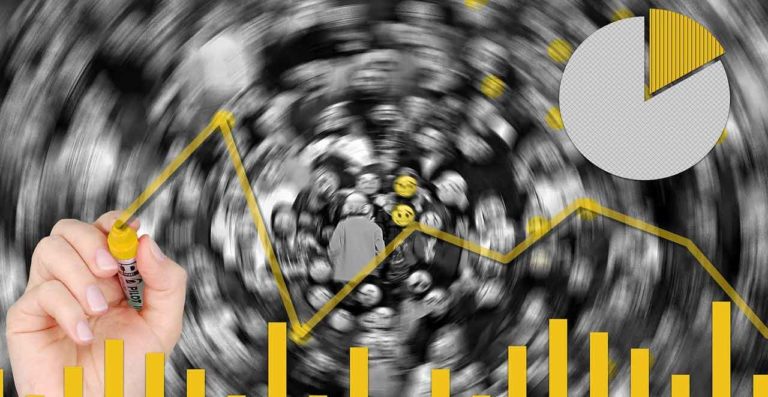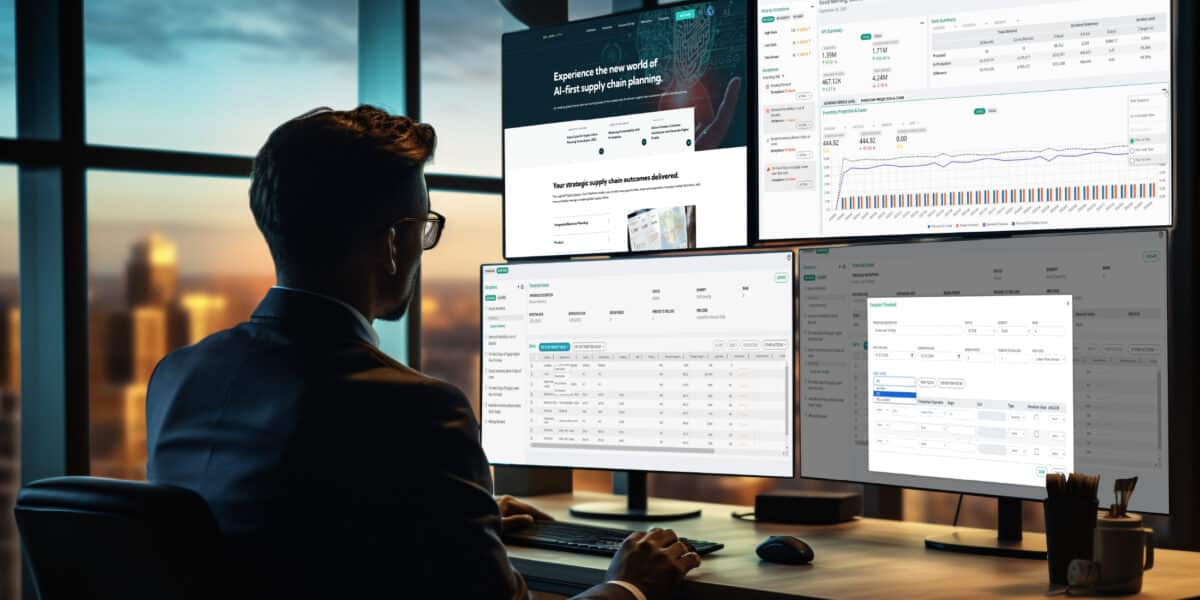
With the flood of data available to businesses regarding their supply chain these days, companies are turning to analytics solutions to extract meaning from the huge volumes of data to help improve decision-making.
Companies that are attempting to optimize their S&OP efforts need capabilities to analyze historical data, and forecast what might happen in the future. The promise of doing it right and becoming a data-driven organization is great. Huge ROIs can be enjoyed as evidenced by companies that have optimized their supply chain, lowered operating costs, increased revenues, or improved their customer service and product mix. Looking at all the analytic options can be a daunting task. Luckily, these analytic options can be categorized at a high level into three distinct types. No one type of analytic is better than another, and in fact they co-exist with, and complement, each other. In order for a business to have a holistic view of the market and how a company competes efficiently within that market requires a robust analytic environment which includes:
- Descriptive Analytics, which use data aggregation and data mining to provide insight into the past and answer: “What has happened?”
- Predictive Analytics, which use statistical models and forecasting techniques to understand the future and answer: “What could happen?”
- Prescriptive Analytics, which use optimization and simulation algorithms to advise on possible outcomes and answer: “What should we do?”
Descriptive Analytics: Insight into the past
Descriptive analysis or statistics does exactly what the name implies: they “describe”, or summarize, raw data and make it something that is interpretable by humans. They are analytics that describe the past. The past refers to any point of time that an event has occurred, whether it is one minute ago, or one year ago. Descriptive analytics are useful because they allow us to learn from past behaviors, and understand how they might influence future outcomes.
The vast majority of the statistics we use fall into this category. (Think basic arithmetic like sums, averages, percent changes.) Usually, the underlying data is a count or aggregate of a filtered column of data to which basic math is applied. For all practical purposes, there are an infinite number of these statistics. Descriptive statistics are useful to show things like total stock in inventory, average dollars spent per customer and year-over-year change in sales. Common examples of descriptive analytics are reports that provide historical insights regarding the company’s production, financials, operations, sales, finance, inventory and customers.
Use descriptive analytics when you need to understand at an aggregate level what is going on in your company, and when you want to summarize and describe different aspects of your business.
Predictive Analytics: Understanding the future
Predictive analytics has its roots in the ability to “predict” what might happen. These analytics are about understanding the future. Predictive analytics provides companies with actionable insights based on data. Predictive analytics provides estimates about the likelihood of a future outcome. It is important to remember that no statistical algorithm can “predict” the future with 100% certainty. Companies use these statistics to forecast what might happen in the future. This is because the foundation of predictive analytics is based on probabilities.
These statistics try to take the data that you have, and fill in the missing data with best guesses. They combine historical data found in ERP, CRM, HR and POS systems to identify patterns in the data and apply statistical models and algorithms to capture relationships between various data sets. Companies use predictive statistics and analytics any time they want to look into the future. Predictive analytics can be used throughout the organization, from forecasting customer behavior and purchasing patterns to identifying trends in sales activities. They also help forecast demand for inputs from the supply chain, operations and inventory.
One common application most people are familiar with is the use of predictive analytics to produce a credit score. These scores are used by financial services to determine the probability of customers making future credit payments on time. Typical business uses include understanding how sales might close at the end of the year, predicting what items customers will purchase together, or forecasting inventory levels based upon a myriad of variables.
Use predictive analytics any time you need to know something about the future, or fill in the information that you do not have.
Prescriptive Analytics: Advise on possible outcomes
The relatively new field of prescriptive analytics allows users to “prescribe” a number of different possible actions and guide them towards a solution. In a nutshell, these analytics are all about providing advice. Prescriptive analytics attempts to quantify the effect of future decisions in order to advise on possible outcomes before the decisions are actually made. At their best, prescriptive analytics predict not only what will happen, but also why it will happen, providing recommendations regarding actions that will take advantage of the predictions.
These analytics go beyond descriptive and predictive analytics by recommending one or more possible courses of action. Essentially they predict multiple futures and allow companies to assess a number of possible outcomes based upon their actions. Prescriptive analytics use a combination of techniques and tools such as business rules, algorithms, machine learning (ML) and computational modelling procedures. These techniques are applied against input from many different data sets including historical and transactional data, real-time data feeds, and big data.
Prescriptive analytics are relatively complex to administer, and most companies are not yet using them in their daily course of business. When implemented correctly, they can have a large impact on how businesses make decisions, and on the company’s bottom line. Larger companies are successfully using prescriptive analytics to optimize production, scheduling and inventory in the supply chain to make sure they are delivering the right products at the right time and optimizing the customer experience.
Use prescriptive analytics any time you need to provide users with advice on what action to take.
Want to learn more about descriptive, predictive and prescriptive analytics? Download our white paper Five Questions to Ask Advanced Analytics Solution Providers.



